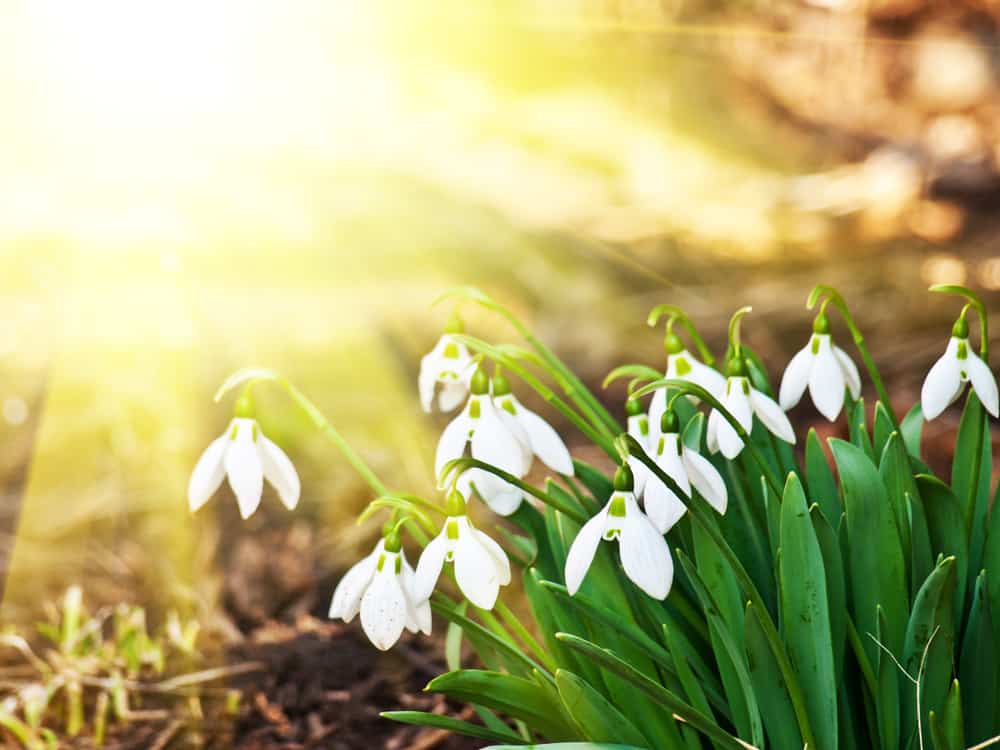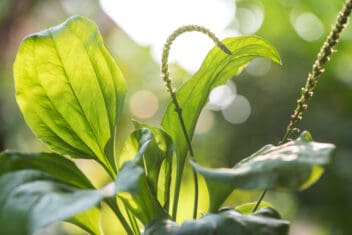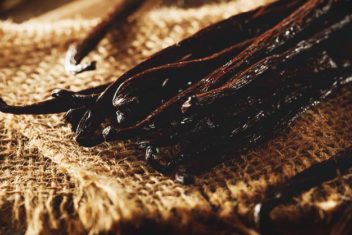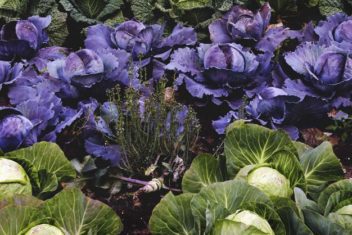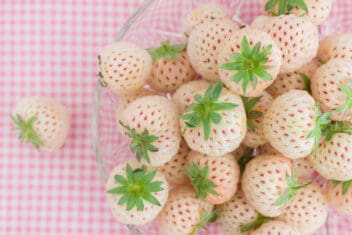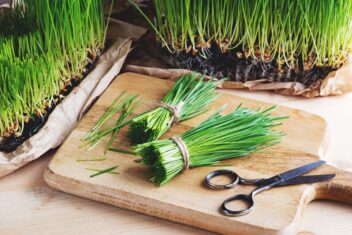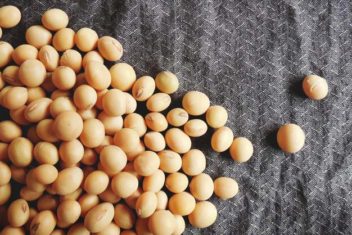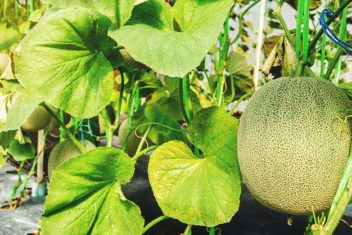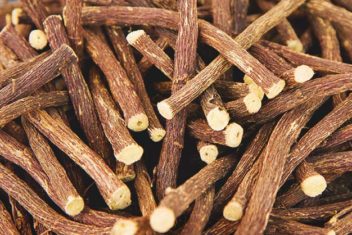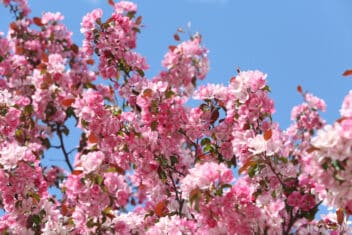If you love flowers, you likely look forward to seeing them spring up again after winter’s long chill. Some of the most beautiful harbingers of spring are snowdrops: stunning milk-white blooms that cheer up the late winter landscape with their drooping, bell-like blossoms.
Read on to learn how to cultivate these bulbs so you can revel in their glory every time spring rolls back around.
What are Snowdrops?
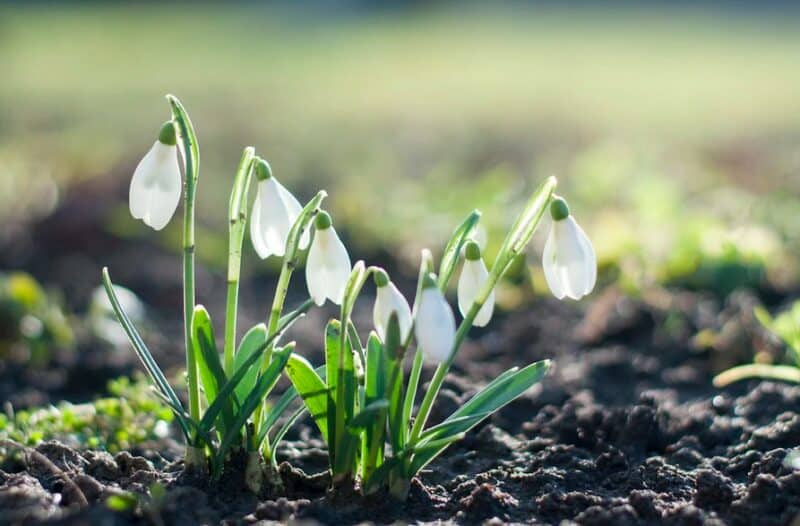
In the book The Secret Garden by Frances Hodgson Burnett, “Crocuses an’ snowdrops an’ daffydowndillys” are the first flowers to pop up in springtime. These pretty perennial flowers often spring up when snow is still dotting the landscape, hence their common moniker.
Their scientific name, Galanthus, is comprised of the ancient Greek words γάλα (gála, “milk”) + ἄνθος (ánthos, “flower”). They’re certainly milky white, and their blossoms juxtapose beautifully against their vibrant green stems.
Snowdrops have been cultivated as garden flowers for centuries and have become beloved favorites in numerous cultures. Although indigenous to Europe and the Middle East, they’ve been naturalized in almost every country on the planet.
The Greek philosopher Theophrastus praised them in the fourth century BCE, and Romans introduced them enthusiastically wherever they traveled. This is how they ended up being established across the UK and North Africa. They thrive best in USDA Hardiness Zones 3 through 8 and fare better in cooler areas that get cold winters.
Numerous snowdrop cultivars are available, so you can choose the ones best suited to your location. The “Imbolc” cultivar refers to the sacred date that heralded spring’s return in ancient Celtic culture.
This day evolved into Candlemas/Saint Brigid’s Day in the Christian calendar, and Galanthus blossoms have been associated with purity, innocence, and both the Virgin Mary and Saint Brigid ever since.
If you love white flowers, seeing a carpet of these beautiful blooms after months of snow and cold is incomparably beautiful, and does wonders for the spirit.
Soil and Sun Requirements
Snowdrops tolerate most soils, but prefer loose, well-draining, moderately rich soil. Avoid planting in soil with high clay content, as it may hold onto too much water. Galanthus bulbs may rot or develop “damping off” disease if they’re waterlogged.
Ensure that the soil is loosened well, with plenty of organic matter worked into it. Aged compost—especially leaf mold—is ideal for them, as is perlite, pea gravel, or lava rock for drainage.
These flowers thrive best in dappled shade, where they get a few hours of direct light and plenty of filtered sunshine, especially during the hottest part of the day. They also do fine in the shade, making them ideal for understory plants beneath tall trees.
If you live in Zones 7 or above, aim to plant your snowdrops in the shade. The high heat and intense sun will damage them otherwise.
How to Plant Snowdrops
There are two ways to plant snowdrops: the standard autumn method or “in the green” the following spring. With the autumn method, plant your bulbs between August and October. This allows them to nestle in over the winter and sprout merrily the following spring.
The latter method involves forcing the bulbs to sprout for spring planting. For this method, you’ll plant the bulbs to force them around 10-12 weeks ahead of your planned planting date.
Once the bulbs’ sprouts are a couple of inches tall, you’ll nestle them into prepared soil with those sprouts sticking out into the sunshine. Snowdrops often do better when planted by this method rather than in autumn.
Once you’ve selected a site for your snowdrops for autumn planting, loosen the soil well so it’s “fluffy.” Then plant your bulbs 3-4″ deep and 4-5″ inches apart, with the thin ends pointing upwards. Cover with soil, mulch well, and forget about them. These bulbs thrive on neglect and basically take care of themselves.
Potted Snowdrops
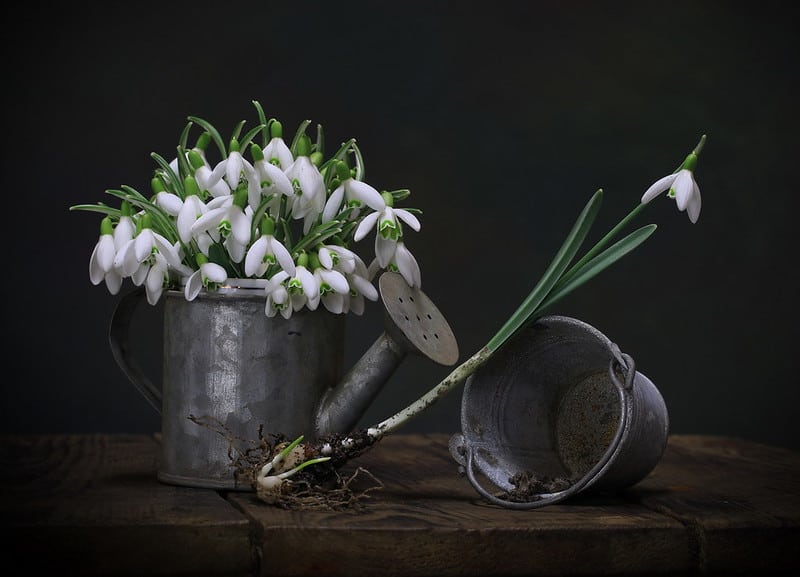
If you don’t have a yard, no worries! Snowdrops are ideal for growing in pots and containers as well.
Use the same method listed above for growing them in containers, but ensure that you use good potting soil that allows for adequate drainage. If your potting soil doesn’t have leaf mold, coconut coir, and perlite, add quite a bit! Snowdrop bulbs can rot if they’re in wet soil.
Propagation
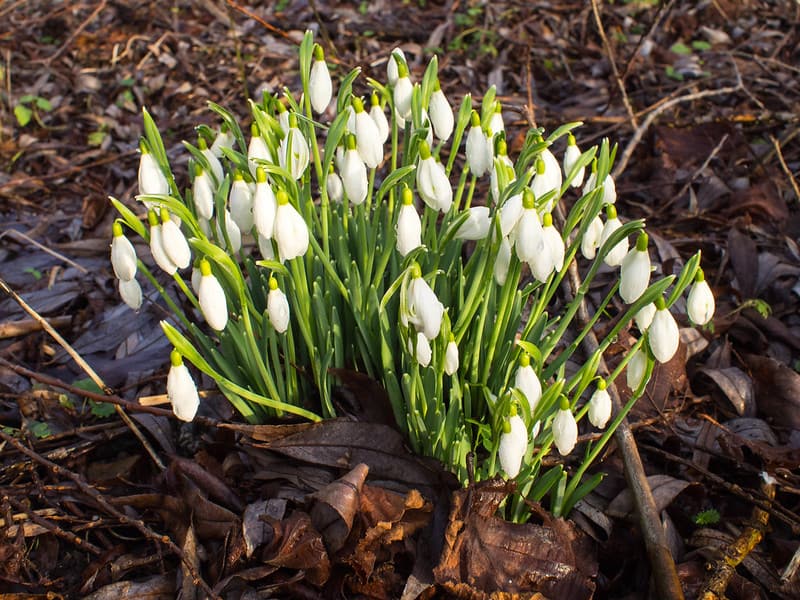
Snowdrops will self-propagate by spreading rhizomes and establishing new corms (bulbs). They can become dense and congested over time, so division is the ideal propagation and health maintenance option.
After growing and spreading for a few years, dig up a clump of them in early springtime.
You’ll find several bulbs clustered tightly together, so divide them by pulling them apart gently. Each of these corms will grow into a new plant, so you can establish a new snowdrop site or expand the perimeter on the current one.
Watering and Feeding
Snowdrops generally do fine with natural rainfall but may need additional watering during dry spells. If you live in a hotter climate or a region prone to drought, offer them a drink at the soil level once a week.
These flowers don’t need a lot of added nutrition, but you can offer them some blood meal or compost tea early in the growing season as a nourishing “boost.”
Potential Issues
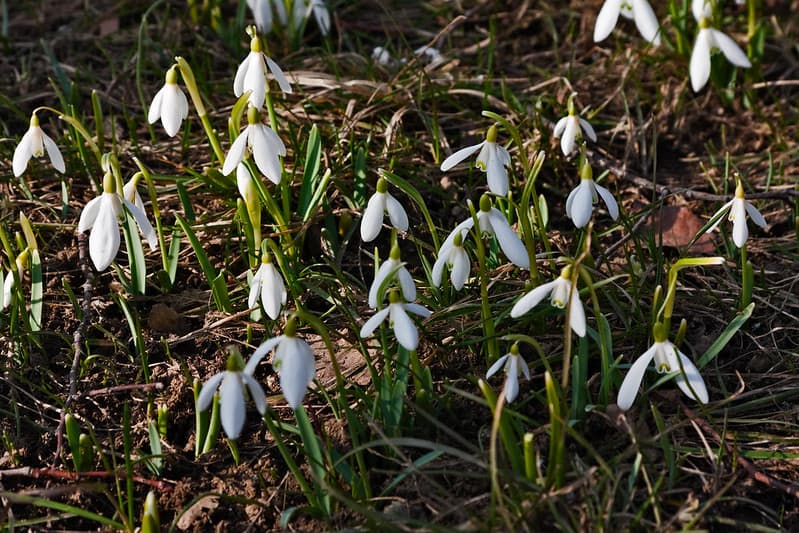
Snowdrops are members of the Amaryllidaceae family, and like their cousins the hyacinth, narcissus, and daffodil, are toxic if ingested by humans or animals. Be careful planting these if you have outdoor animal companions or if your young children like to put random plant parts in their mouths.
Similarly, avoid forcing snowdrop bulbs indoors if you have herbivore or avian friends. More than one pet bird has met a sad end from nibbling at these plants’ aerial parts. Keep your potted snowdrops on your porch or balcony to keep your pets safe.
The good news about this toxicity is that it makes snowdrops basically invulnerable to predation. Herbivores such as rabbits and deer will avoid them, and corm-loving squirrels and groundhogs won’t dig up and eat the bulbs either.
Furthermore, they aren’t bothered by any harmful insects! As such, you don’t have to worry about aphids, grasshoppers, or anything else.
The only issue you may come across is a fungal pathogen known as “snowdrop gray mold”. It’s caused by Botrytis galanthina, and often develops after a period of overly wet, cool conditions. As long as the soil around your bulbs is very well-draining, this shouldn’t be an issue.
